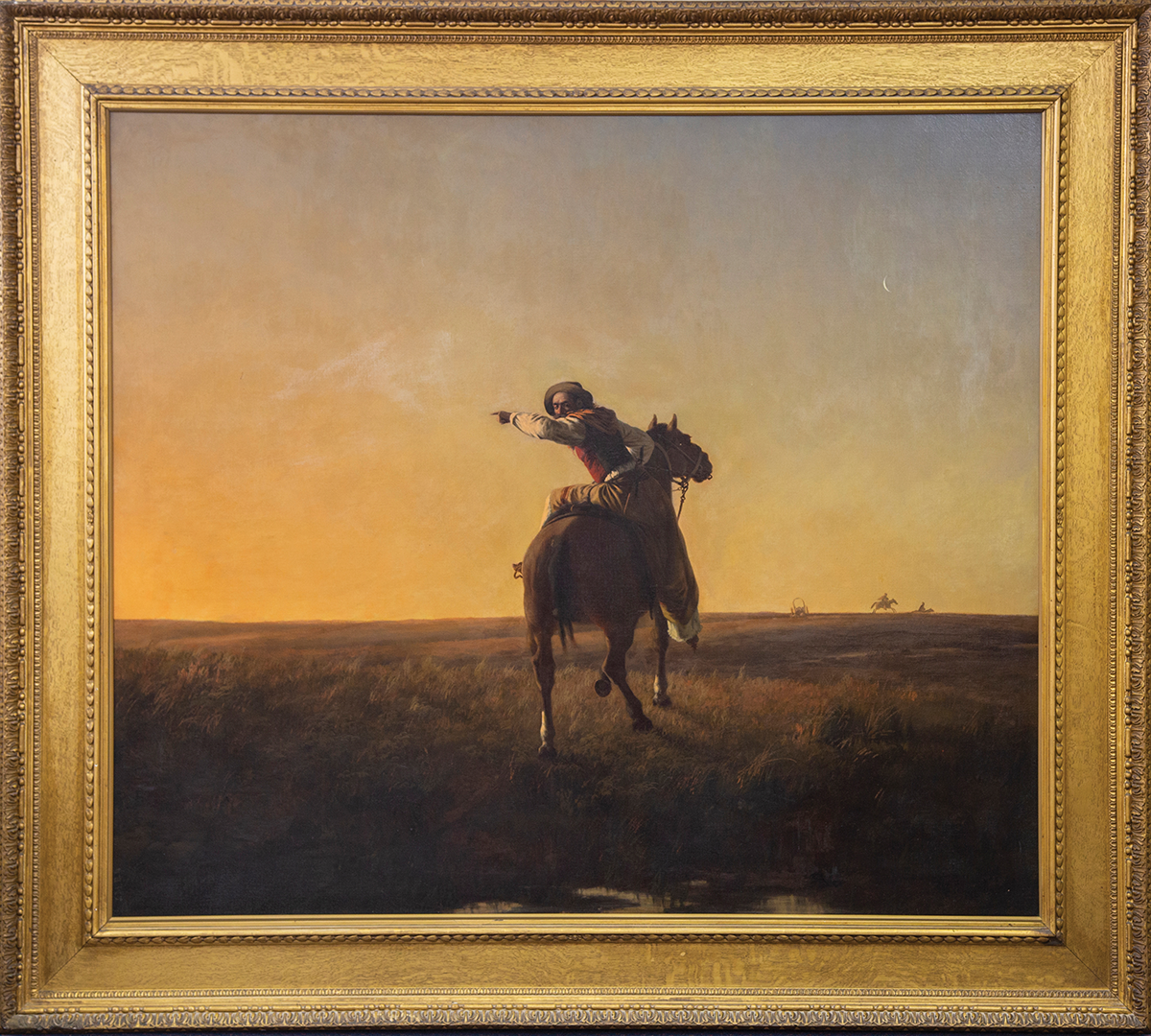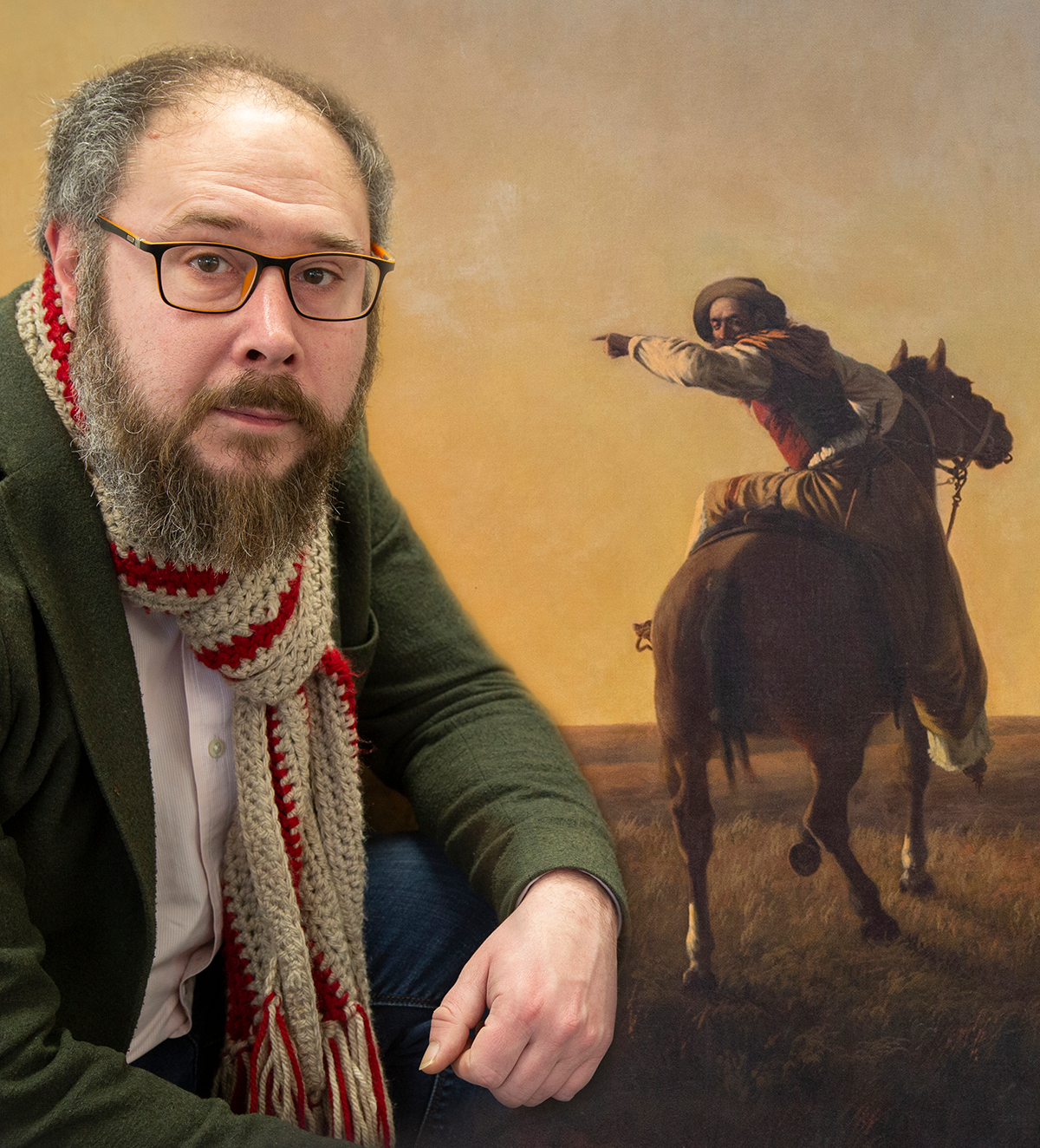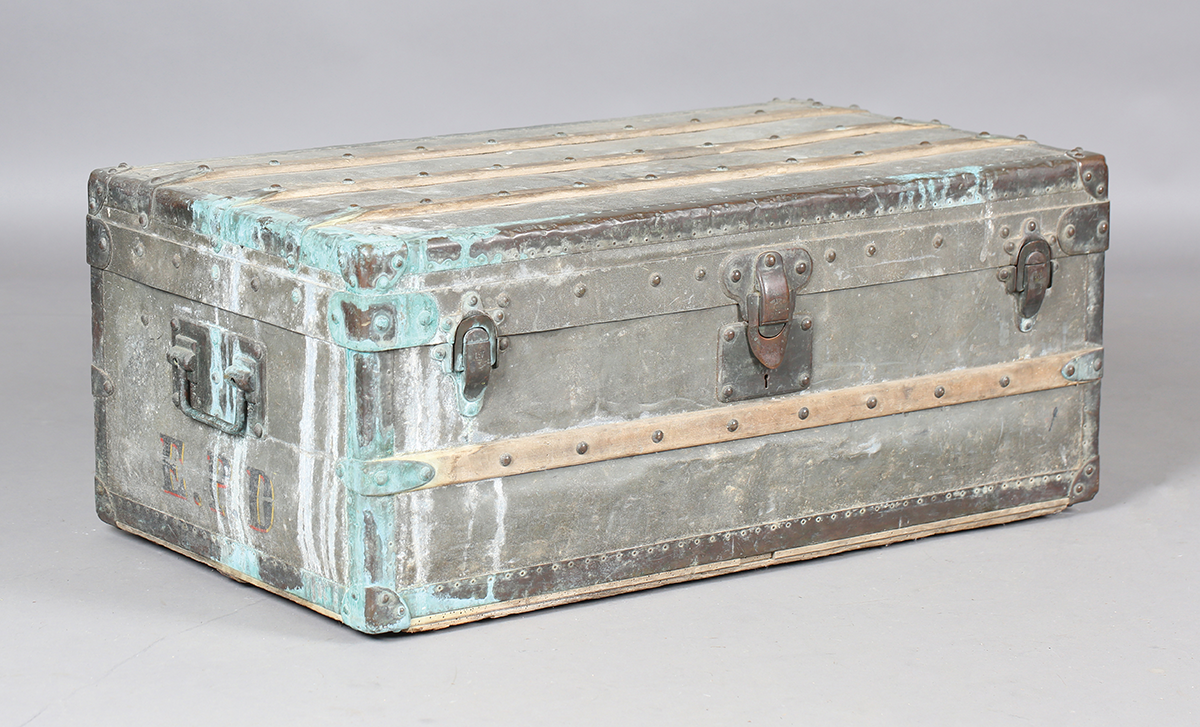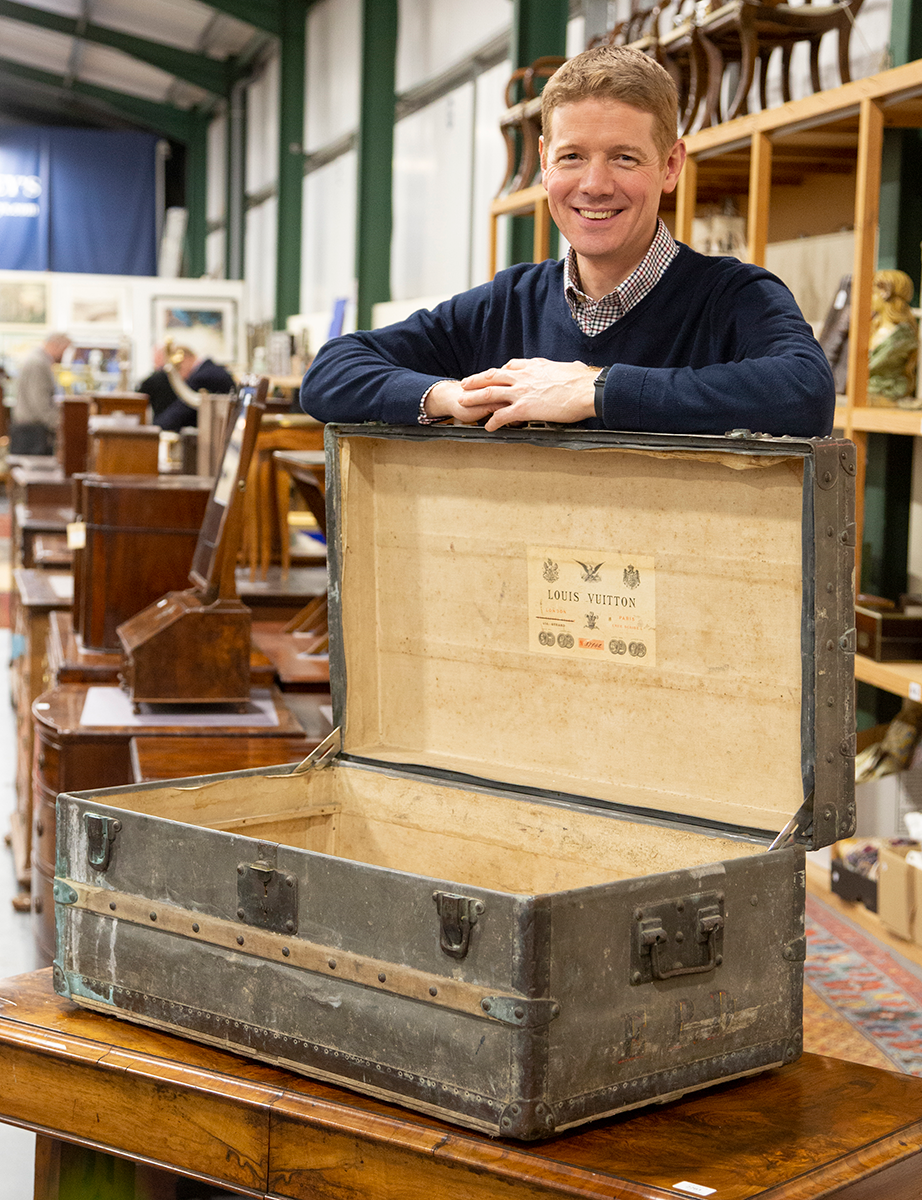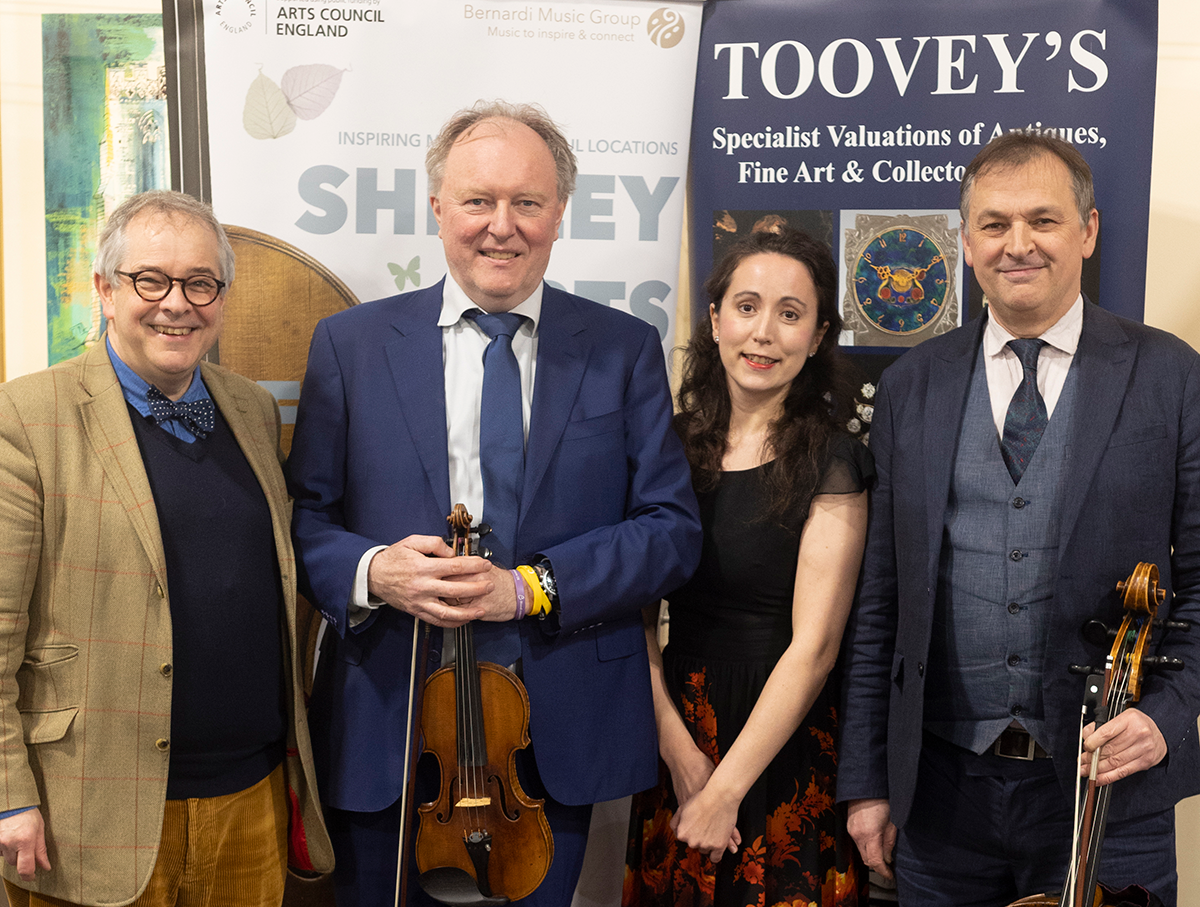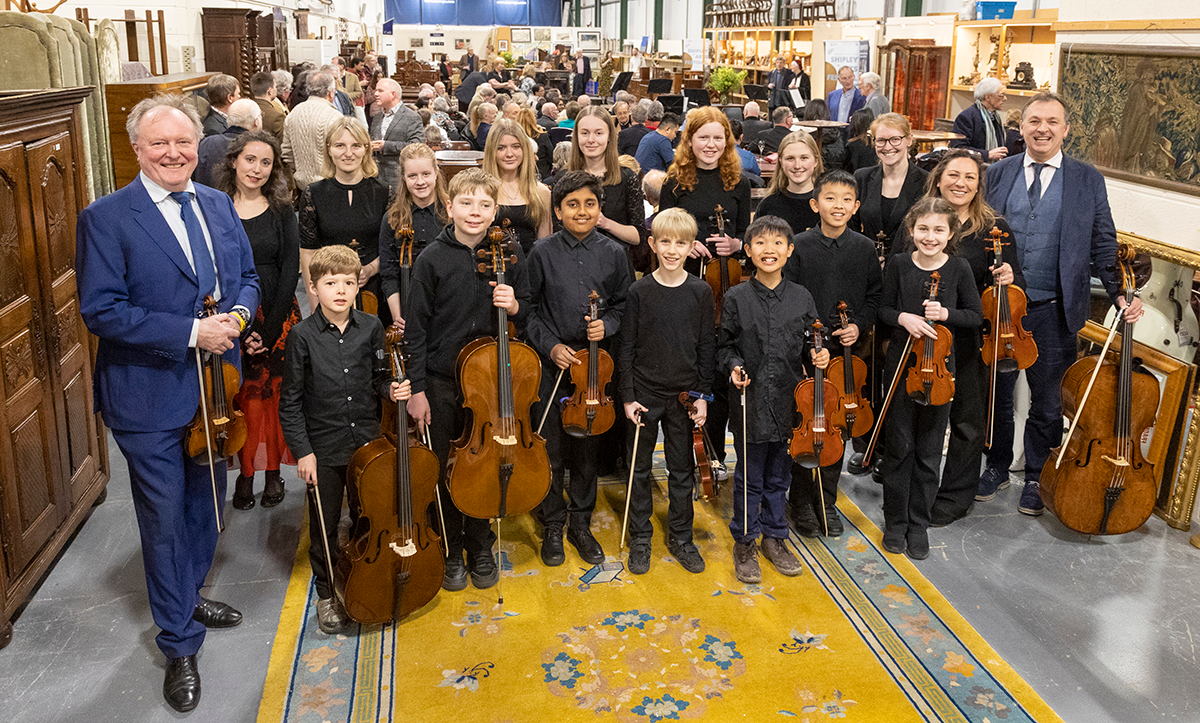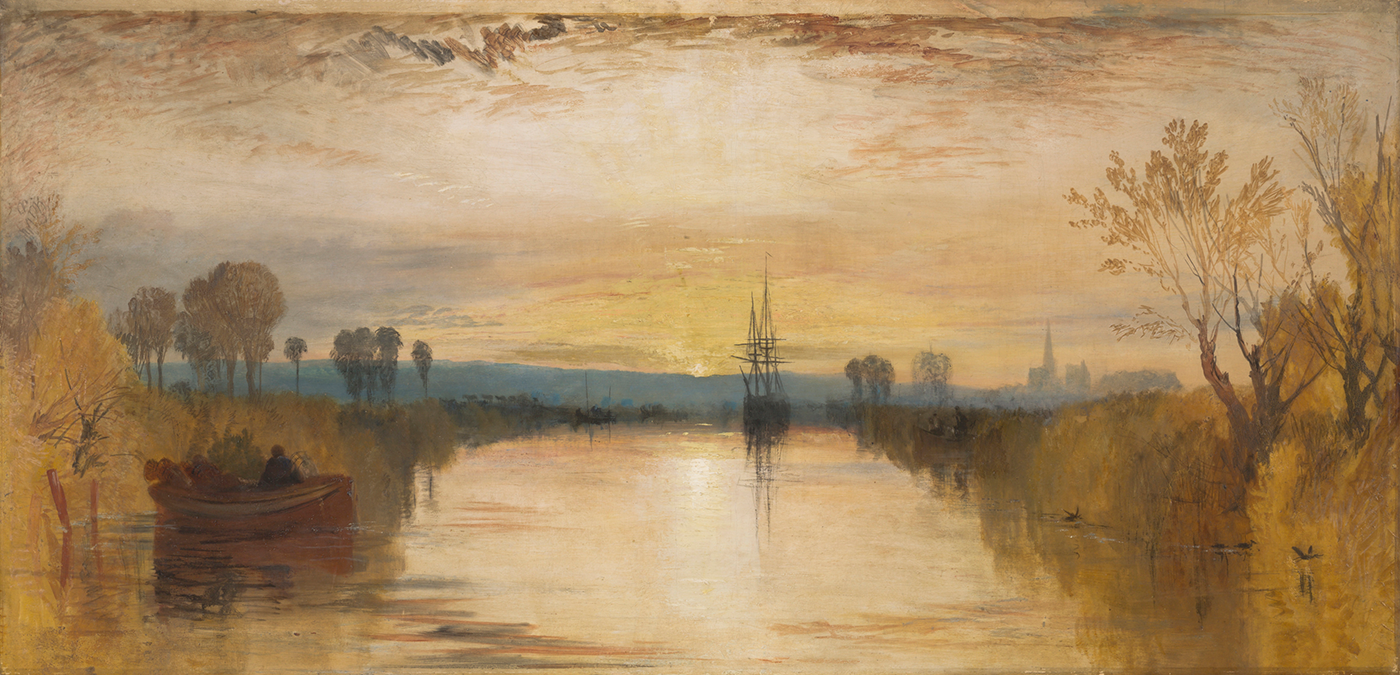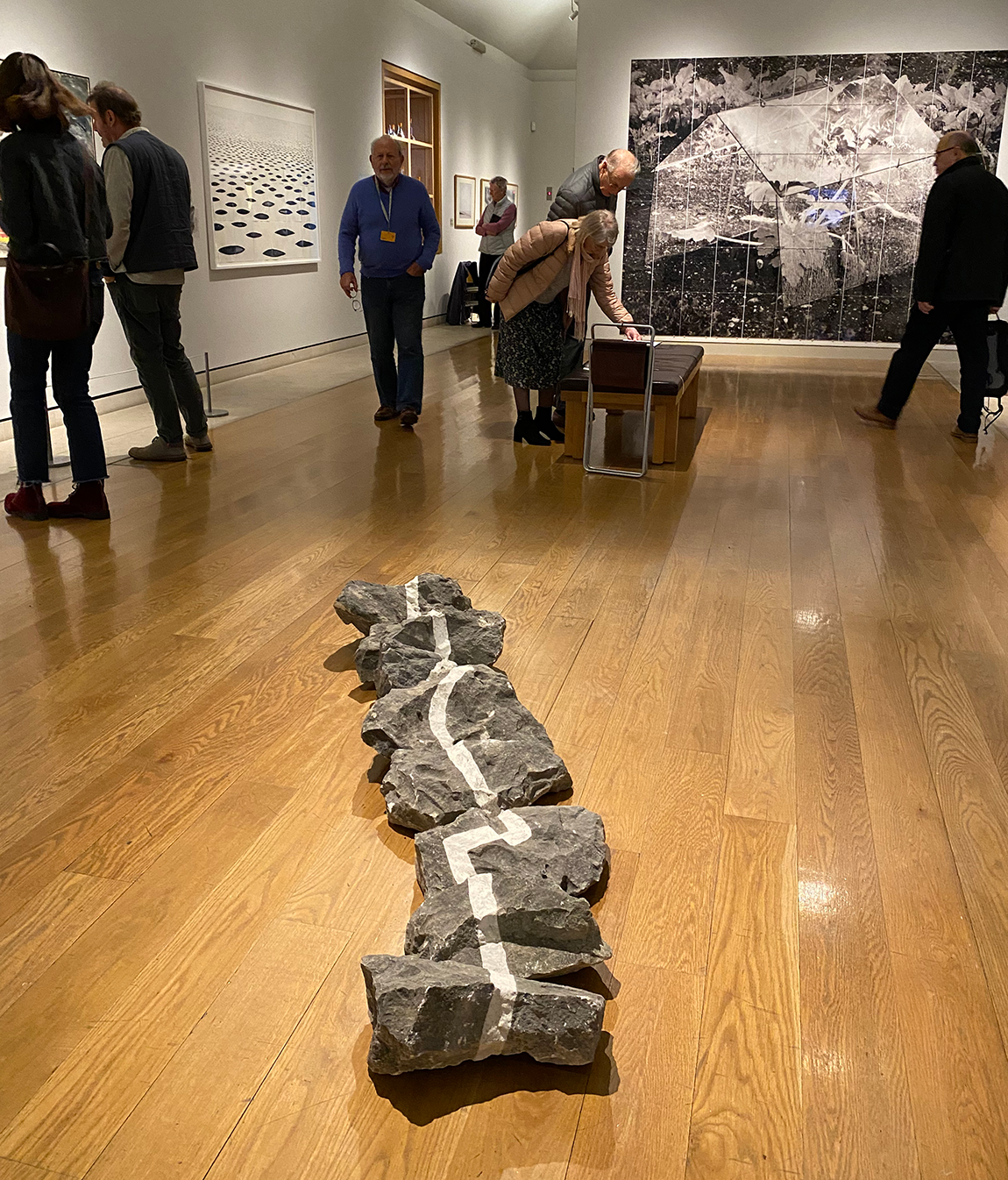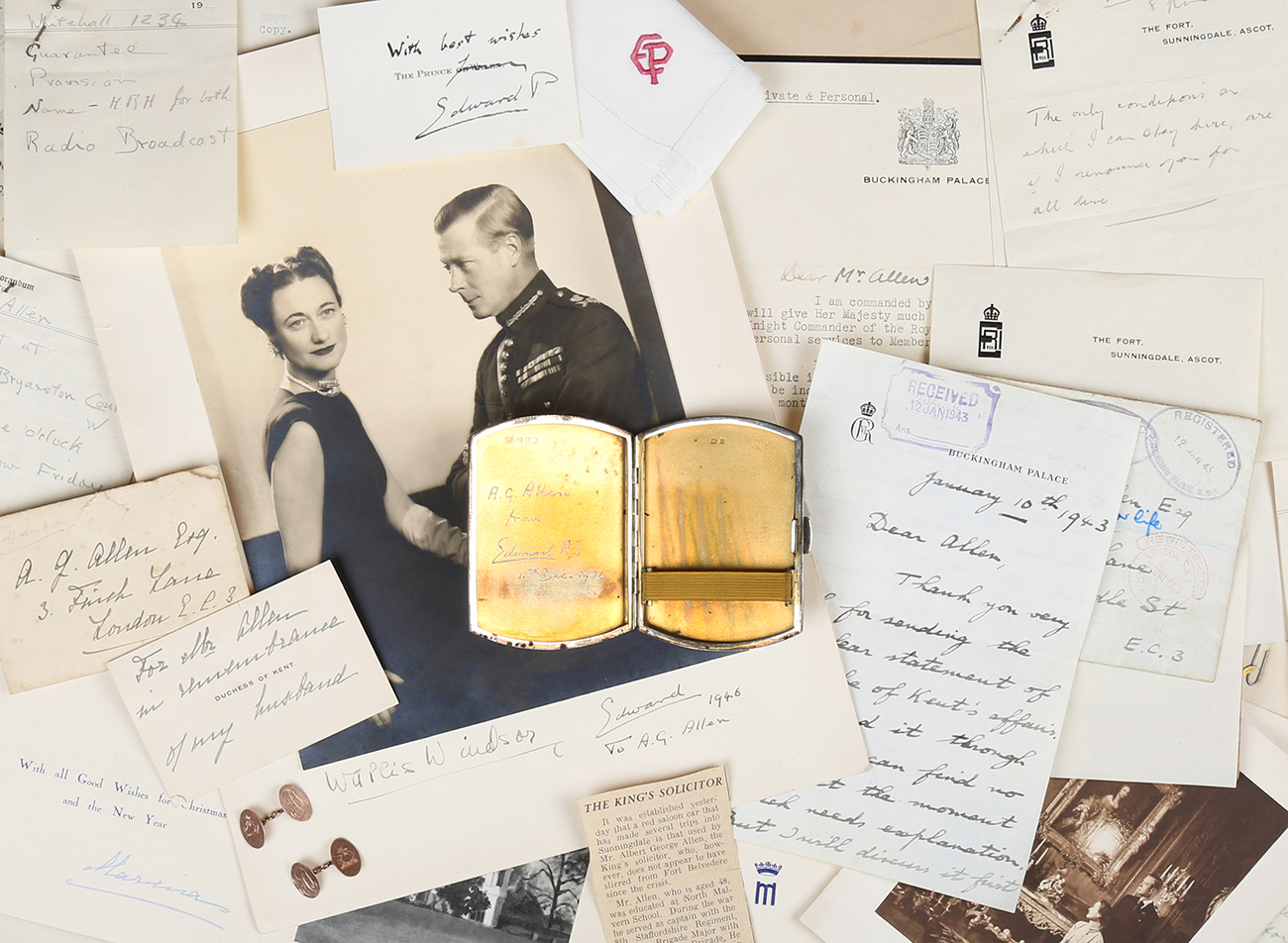
An archive of material collected and compiled by Sir Albert George Allen (1888-1956), relating to his time as Edward VIII’s solicitor during the period of the abdication, has just been sold at Toovey’s. It was a collection which resonates with our own times.
Discovered by Toovey’s Director, Nick Toovey, the archive included Allen’s ‘Confidential Notes’, a silver cigarette case with presentation inscription to Allen from the Duke of Windsor, two fine linen handkerchiefs, Christmas cards and a pair of 9ct gold cufflinks.
Sir Albert George Allen’s archive and objects came directly from him by family descent to the specialist Paper Collectables auction at Toovey’s. The collection was sold in five lots totalling £6380.
The manuscript notes and minutes taken by Allen during meetings with Edward in the course of the events leading up to the King’s abdication were accompanied by typed-up versions, a letter from King George VI, Christmas cards and photographs of related interest.
The ‘Confidential Notes’ from the days preceding the abdication detailed telephone conversations and meetings with eminent persons, the handling of the press, a radio broadcast, and hint at the importance Edward placed on retaining the H.R.H. title for himself and Wallis.
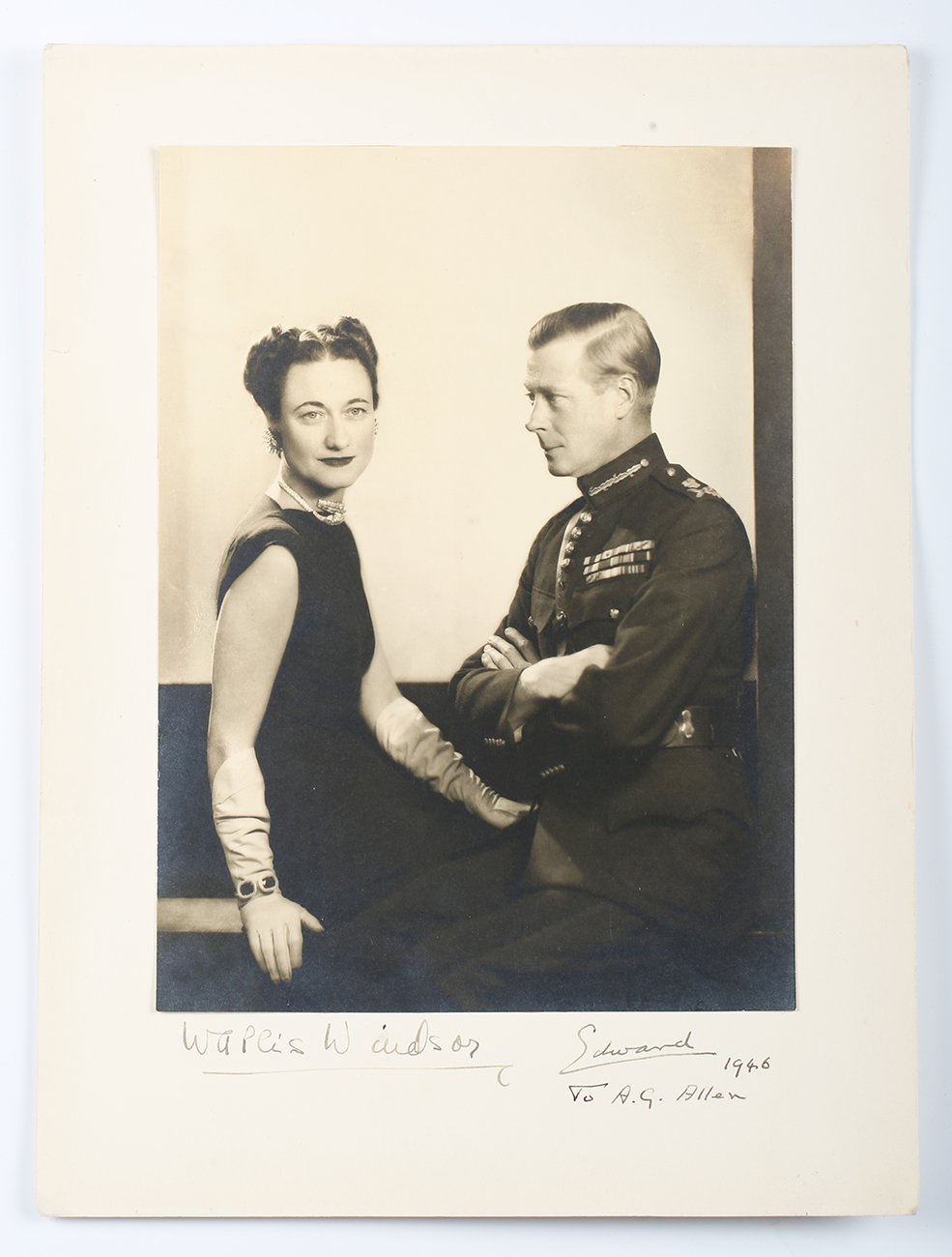
The letter from King George VI to ‘Dear Allen’ and dated January 10th 1943 thanks the recipient ‘for sending the very clear statement of the Duke of Kent’s affairs’ and continues that the King hopes ‘it will be possible to find some way of augmenting the Duchess’s income’.
Sir Albert George Allen was educated at North Malvern School. During the Great War he served as Captain and Brigade Major. He was twice mentioned in despatches and was awarded the D.S.O. and the Military Cross. In 1930 he jointly founded the law firm Allen and Overy. He was nicknamed ‘Poker Face’ by the then King Edward VIII as they worked together through the political upheaval resulting from his decision to marry Wallis Simpson.
Objects have the ability to powerfully connect us with, and bring to life, important moments in the history of our nation and it is always a privilege to discover and accompany them at the salerooms. It was the insights and tangible connection to Edward VIII’s abdication provided by Sir Albert George Allen’s archive which captured the attention of historians and collectors.
